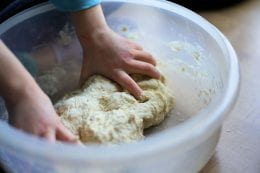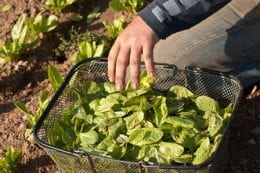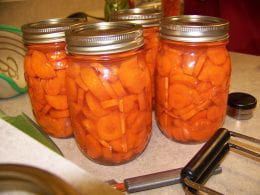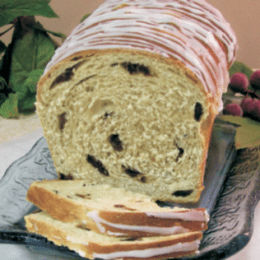 In Kansas, consumers have the choice to purchase raw milk directly from the farm only. The milk must be clearly labeled as “raw” or “unpasteurized-ungraded” milk.
In Kansas, consumers have the choice to purchase raw milk directly from the farm only. The milk must be clearly labeled as “raw” or “unpasteurized-ungraded” milk.
Numerous research studies show that raw milk can contain disease-causing pathogens. Pasteurizing raw milk has long been a proven and effective process to make milk safe to consume since the late 1800’s. It prevents tuberculosis and brucellosis, among other pathogens, from causing illness in humans.
Some other misconceptions are also associated with consuming raw milk. They include:
- Raw milk will not cure lactose intolerance. All milk, raw and pasteurized contains lactose which can cause lactose intolerance in people who do not have the lactase enzyme to break it down.
- Raw milk does not contain probiotics to benefit gastrointestinal health. Raw milk can contain many human pathogens to cause gastrointestinal disruption.
- Raw milk is not nutritionally superior to pasteurized milk. When milk is processed, pasteurization has minimal effect on vitamins and minerals. Milk fat is homogenized to make it more digestible and stable. Milk protein does not change.
Learn more at www.fda.gov/food/buy-store-serve-safe-food/raw-milk-misconceptions-and-danger-raw-milk-consumption
Learn more at the Kansas Department of Agriculture.




